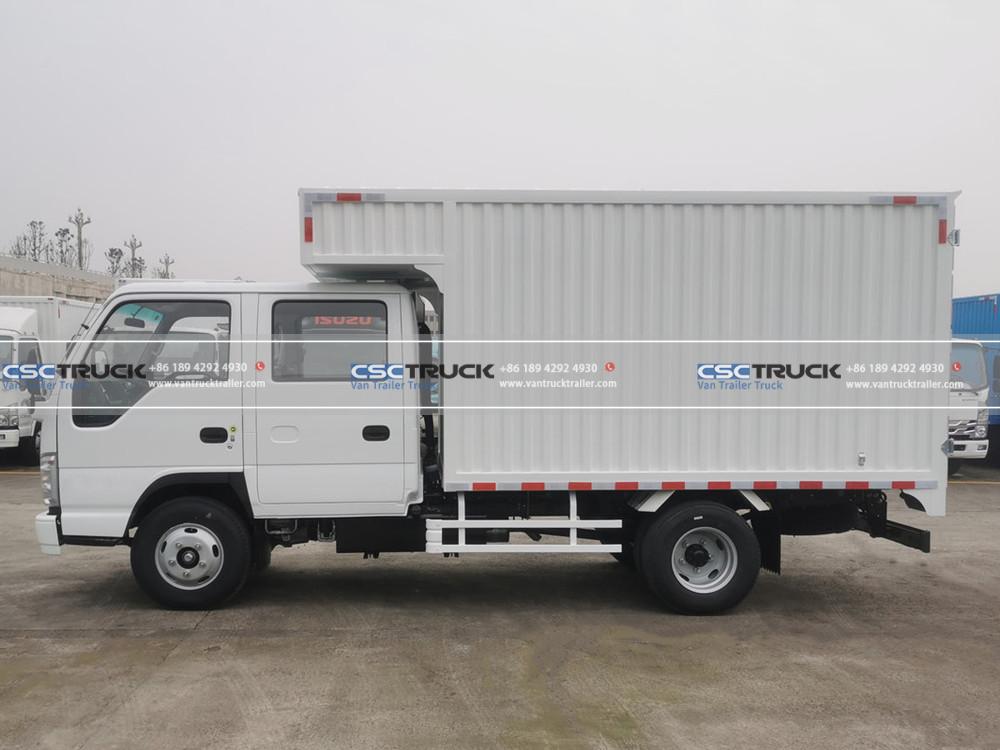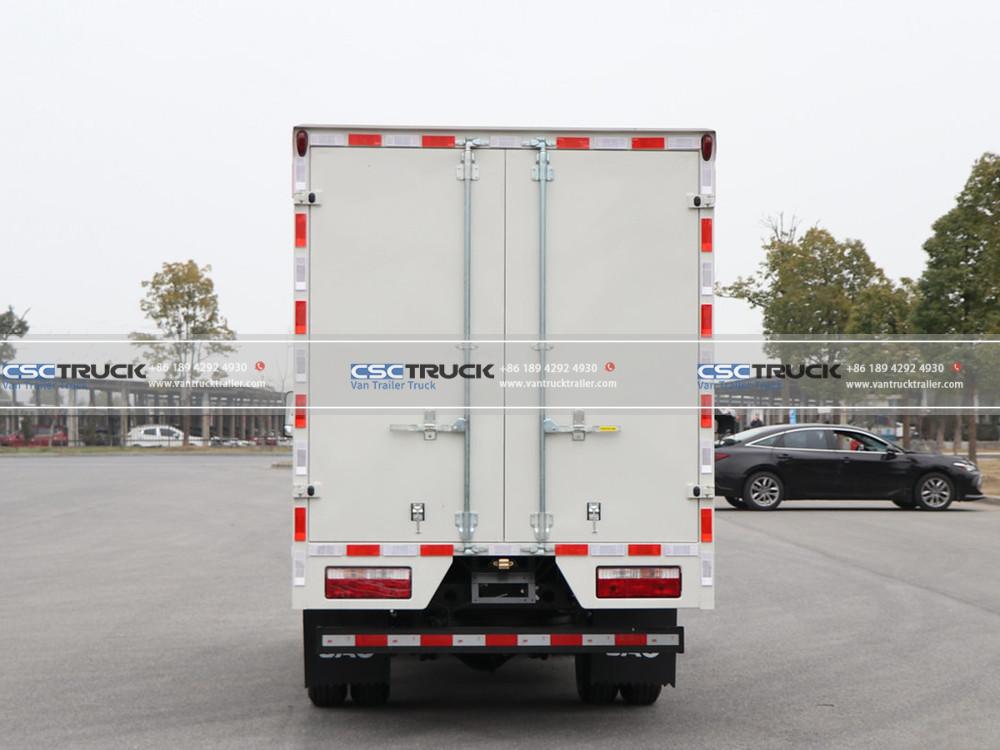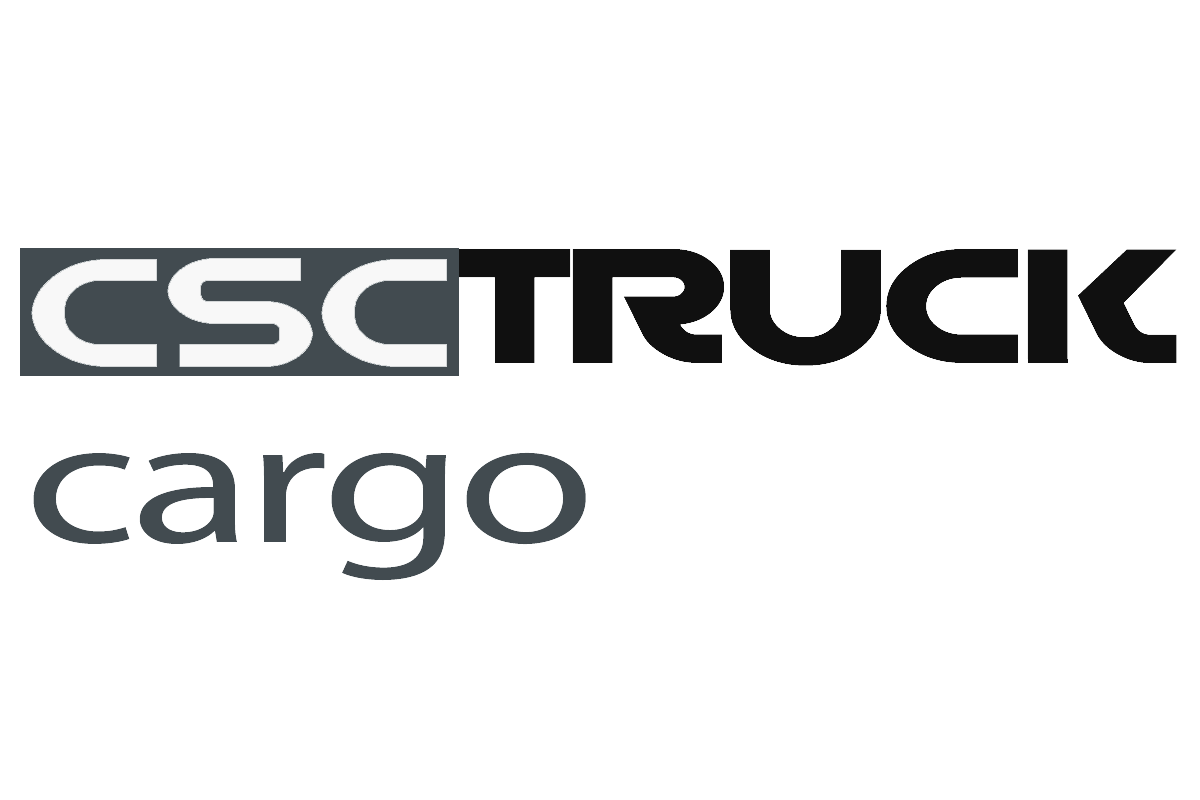In the world of logistics and transportation, two of the most commonly used vehicles for transporting goods are the cargo truck and the delivery van. While both vehicles are designed for transporting items, they are distinct in terms of size, functionality, capacity, and the types of jobs they are suited for. Understanding the differences between a cargo truck and a delivery van can help businesses and logistics professionals choose the best vehicle for their needs, optimizing both efficiency and cost. In this article, we will break down the key differences between these two types of vehicles, focusing on aspects like design, capacity, versatility, and the industries in which they are most commonly used.
1. Size and Capacity: How Cargo Trucks and Delivery Vans Differ in Load Limits
One of the most significant differences between a cargo truck and a delivery van lies in their size and load capacity. While both vehicles serve the purpose of transporting goods, their physical dimensions and the amount of cargo they can carry vary considerably.
Cargo trucks are typically much larger and more powerful than delivery vans. They are designed to carry larger and heavier loads, which makes them ideal for long-distance shipments or moving bulky items. A cargo truck can be equipped with a variety of bodies, such as flatbeds, box bodies, or even refrigerated units (for transporting perishable goods). Depending on the type, a cargo truck can carry anywhere from a few tons to more than 30 tons of cargo, making it suitable for industrial-scale operations, construction projects, or long-haul logistics.
In contrast, delivery vans are smaller and more compact vehicles designed for urban deliveries and shorter distances. Typically used for light-duty tasks, they are perfect for delivering smaller loads, especially in city environments where maneuverability and parking can be an issue. A delivery van usually has a cargo capacity of between 1 and 5 tons, depending on the model, and is optimized for flexibility and speed rather than large-scale transport.
The smaller size of a delivery van makes it ideal for quick, frequent stops and deliveries in more congested areas, while a cargo truck is better suited for larger, more complex logistics operations. If you’re transporting a few pallets of goods, a delivery van may be all you need. For transporting bulkier items or large quantities of materials, a cargo truck would be more appropriate.

2. Functionality and Versatility: Choosing the Right Vehicle for Different Jobs
Another major difference between a cargo truck and a delivery van is their functionality and versatility. While both types of vehicles are designed for transporting goods, they differ significantly in their ability to serve a wide range of purposes within various industries.
Cargo trucks are highly versatile vehicles used across multiple industries, including construction, manufacturing, and wholesale distribution. Depending on the body and configuration, cargo trucks can be adapted for a variety of tasks. For example, dry van trucks are used for transporting general freight, while refrigerated trucks are designed for perishable goods that require temperature control. The larger bed or cargo area in cargo trucks allows for more diverse transport options, including specialized configurations like flatbeds, dump trucks, or tankers.
In contrast, delivery vans are generally more specialized for urban deliveries, often transporting smaller parcels or pallets to customers within city limits. Delivery vans excel in last-mile delivery scenarios, particularly in e-commerce and retail industries. Their compact design allows them to navigate tight spaces, deliver to residential areas, and make quick, frequent stops with minimal hassle. However, their versatility is limited compared to cargo trucks, as they are primarily suited for lighter loads and urban routes.
For instance, a delivery van is ideal for deliveries to homes or small businesses, especially in densely populated areas where navigating larger vehicles would be impractical. On the other hand, a cargo truck can transport heavier machinery, larger pallets, and bulk supplies over longer distances. Delivery vans are generally not designed for the same range of duties as cargo trucks, but they play a crucial role in efficient delivery systems, especially in urban logistics.
3. Maneuverability and Accessibility: Understanding the Importance of Space
Maneuverability is another key difference between a cargo truck and a delivery van. Delivery vans, due to their smaller size, are far easier to drive in urban environments, especially when navigating through tight streets or making quick stops. The ability to park in smaller spaces and make sharp turns without much difficulty makes delivery vans particularly suited for last-mile delivery in congested city areas.
Because cargo trucks are significantly larger, they often struggle with maneuvering in narrow streets or crowded city centers. Cargo trucks require more space to turn and park, which can make navigating tight areas challenging. However, cargo trucks are built for long-distance routes and are most effective when delivering goods to industrial zones or highways where more space is available.
Moreover, cargo trucks are generally more stable when carrying heavier loads over long distances. The larger wheels and powerful engines in cargo trucks help them handle rough roads or off-road terrain, making them perfect for construction sites or delivering to remote areas. However, their size and weight can make them less maneuverable in smaller, more confined spaces.
In comparison, delivery vans are optimized for city driving. Their size allows them to access areas where larger trucks might be restricted or where accessibility is a concern. If your business involves delivering to residential addresses or navigating busy metropolitan areas, delivery vans offer a clear advantage in terms of maneuverability and accessibility.

4. Cost-Effectiveness and Fuel Efficiency: Balancing Budget with Performance
When purchasing any vehicle for logistics, cost-effectiveness and fuel efficiency are critical factors that affect the bottom line. In this regard, delivery vans have a clear advantage over cargo trucks, particularly for businesses with small to medium-scale delivery operations.
Delivery vans tend to have lower initial costs and operating expenses compared to cargo trucks. Their smaller engines and lighter weight mean that they consume less fuel and require fewer maintenance efforts. For businesses that focus on local deliveries with smaller cargo, delivery vans provide a more affordable solution without sacrificing performance. Furthermore, because delivery vans are often used for shorter routes and lighter loads, they generally incur fewer fuel costs over time compared to larger vehicles.
On the other hand, cargo trucks, particularly those used for long-distance freight transport or hauling large quantities of goods, tend to have higher fuel consumption. These trucks require larger engines and are built for heavier loads, which translates into higher fuel costs and increased wear and tear on the vehicle. However, if you are running a large-scale operation or delivering bulk shipments, the cost-per-mile of a cargo truck can still be more economical than using multiple delivery vans for larger loads. Additionally, many modern cargo trucks come equipped with fuel-efficient technologies, like hybrid engines or aerodynamically optimized designs, which help reduce fuel consumption over long distances.
5. Applications: Which Vehicle Works Best for Your Business Needs?
The final difference between a cargo truck and a delivery van lies in their applications—or the industries and specific logistics tasks they are best suited for. Both vehicles play important roles in the overall supply chain, but understanding where each one excels will help determine the best vehicle for your needs.
Cargo trucks are indispensable for industries that require the transport of large quantities of goods or heavy equipment. The construction industry, for example, often relies on cargo trucks to haul large amounts of construction materials or machinery to job sites. Similarly, wholesale distributors and industrial manufacturers frequently use cargo trucks to deliver bulk items or raw materials to businesses and warehouses. Cargo trucks are also used extensively in the long-haul freight industry, where large quantities of goods need to be transported across states or countries.
Delivery vans, on the other hand, are best suited for businesses that handle smaller shipments, particularly in urban areas. Retailers, e-commerce companies, and service-based businesses often use delivery vans to handle last-mile delivery to customers. The food service industry also benefits from delivery vans, particularly those designed as refrigerated trucks for delivering temperature-sensitive goods such as fresh produce, dairy, and frozen food.
For businesses that operate primarily in urban areas or those that deal with smaller, more frequent shipments, a delivery van is likely the most suitable choice. If your business requires the transportation of larger volumes of goods over longer distances, then a cargo truck would be more appropriate.
In the world of logistics and transportation, both cargo trucks and delivery vans are crucial vehicles that support the movement of goods. Each vehicle type has its strengths, and the right choice depends largely on the scale of operations, type of goods being transported, and the distance of delivery. While delivery vans offer better maneuverability, affordability, and are better suited for local, small-scale deliveries, cargo trucks excel in long-distance transport, bulk shipping, and handling heavier loads. Understanding the key differences between these vehicles will help businesses optimize their logistics strategies and improve operational efficiency.
